Surprise! Solar storms causing mysterious heat waves and AURORAS - on Jupiter
Scientists have finally unraveled one of the biggest mysteries surrounding the planet Jupiter. And it turns out that solar storms were behind it all.
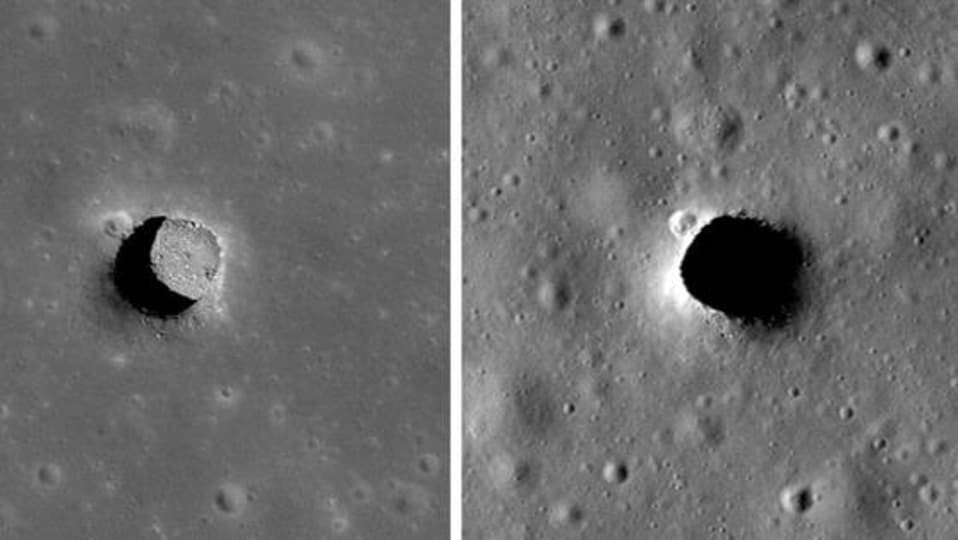
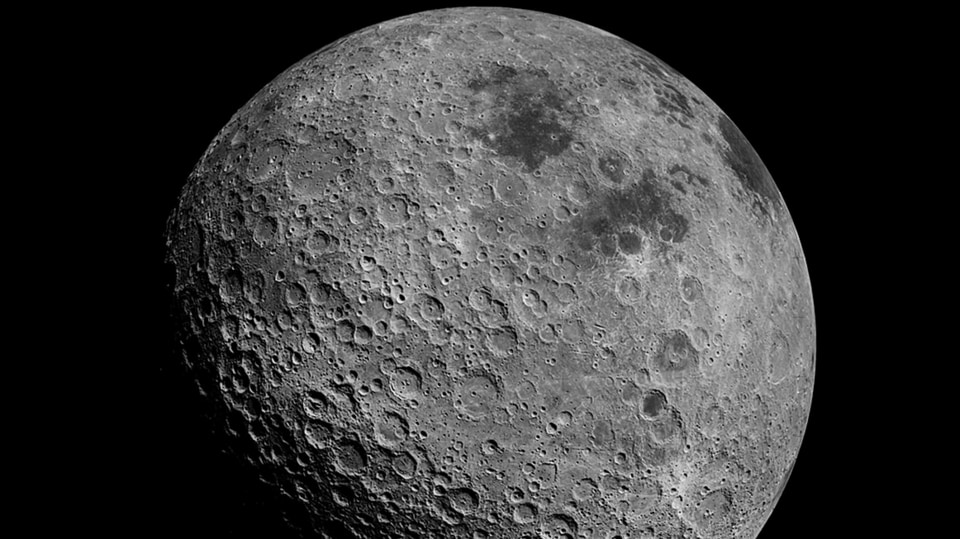
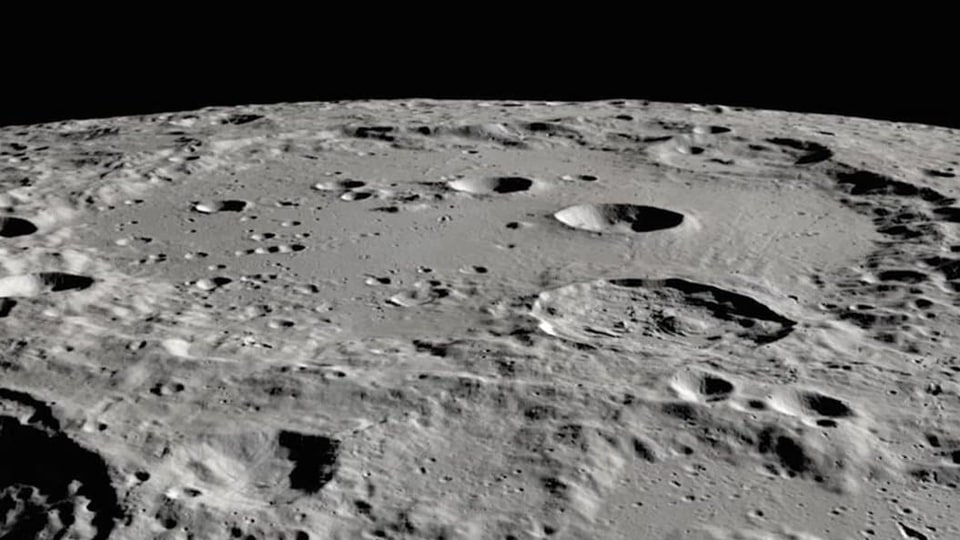
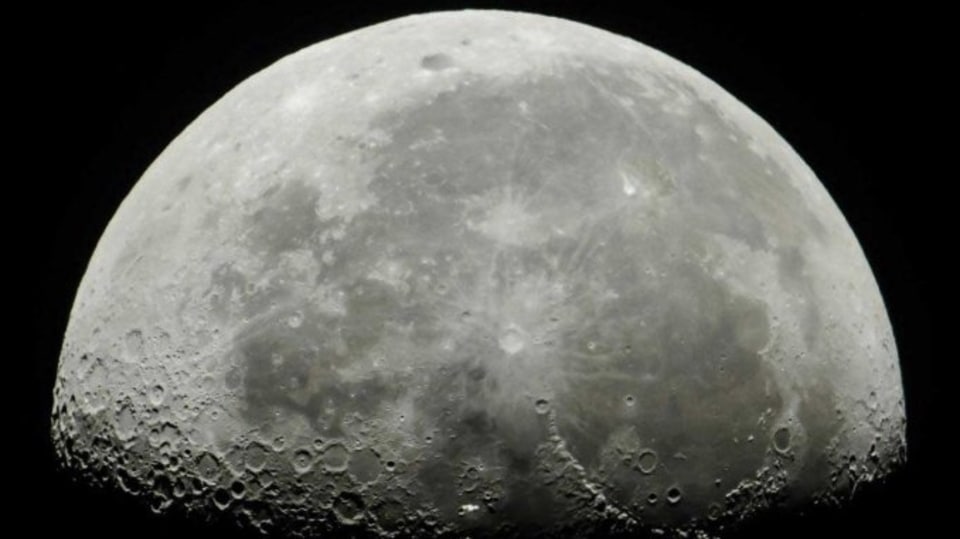
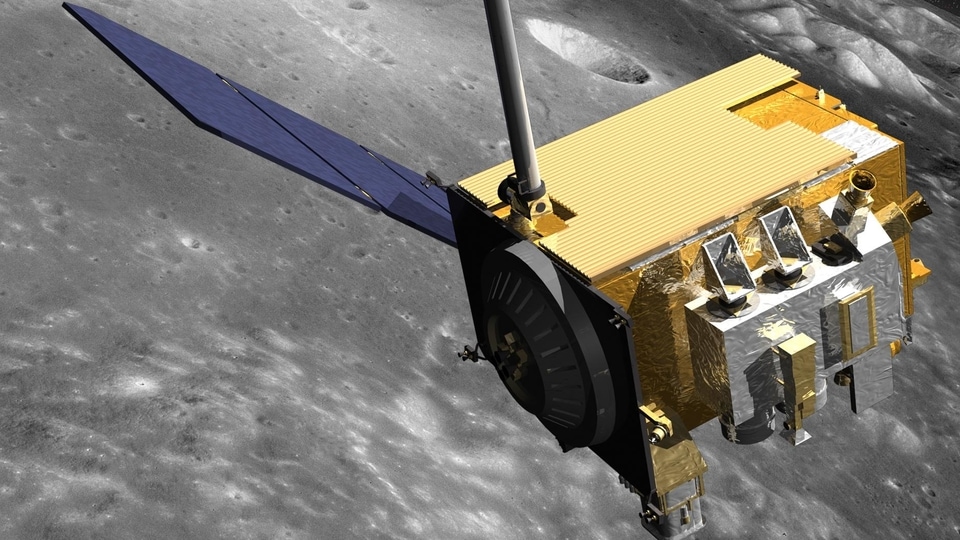

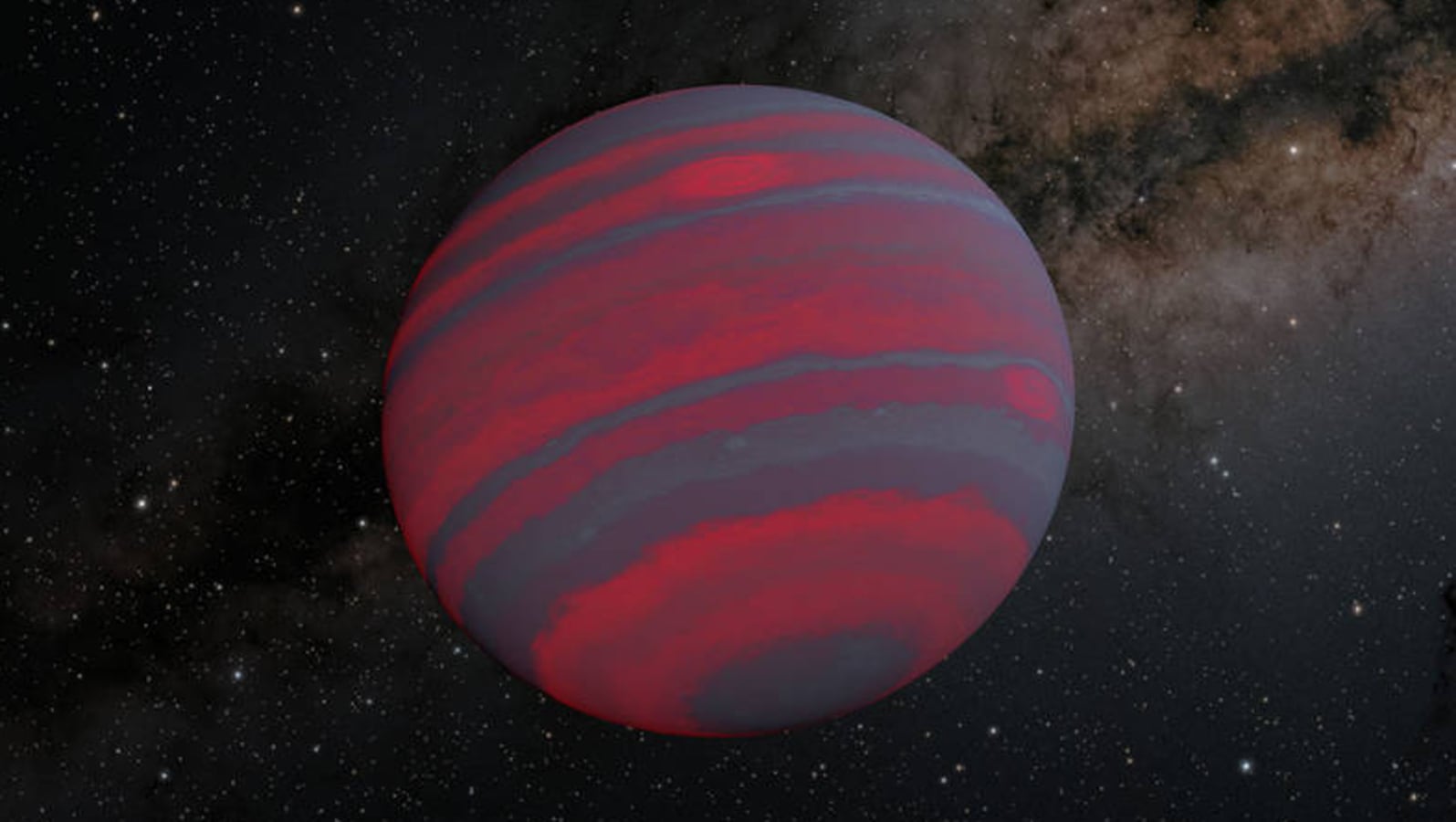
 View all Images
View all ImagesWhile all eyes are on the Moon as the NASA Artemis 1 spacecraft was successfully launched today after multiple delays, scientists have made a major breakthrough in understanding Jupiter's atmosphere and solving a mystery that has puzzled astronomers for decades. It turns out that the upper atmosphere of Jupiter is very hot at about 400 degrees Celsius. This is comparable to the temperature of the Earth's upper atmosphere. However, the gas giant is five times away from the Earth, which means there is no way it receives as much sunlight to maintain such a high temperature. This was the puzzle, which is also known as the energy crisis of Jupiter in academic circles. Read on to know how a group of scientists were able to solve it.
According to a report by Business Insider, James O'Donoghue, a planetary scientist at the Japan Aerospace Exploration Agency (JAXA) was the one who solved the mystery along with his team. And it all began with one realization which was “Jupiter is five times farther from the sun than Earth, so it receives less than 4% the amount of heating by sunlight than Earth, so they shouldn't be similar at all”. He also added that under normal conditions, the temperature should be close to -100 degrees Celsius.
Solar storms at the heart of Jupiter's energy crisis
The first clue to solve this mystery was found in 2017 when O'Donoghue noticed that Jupiter's north pole was sending heat waves southwards that encapsulated the entire planet. A deeper inspection revealed that the north pole of Jupiter was constantly being bombarded by electrically charged particles coming from the Sun.
It turns out we, on Earth, are very familiar with these charged particles. We call them coronal mass ejections (CME) and they are what cause solar storms on our planet. Amazingly, it turns out similar solar storms were taking place on the gas giant and causing auroras to appear. But due to the lack of an insulation sheet in the upper atmosphere, this heat permeated the entire planet.
Jupiter's aurora heated up the planet to unbearable temperatures of more than 300 degrees Celsius. And once the north pole became hot, it would transmit the heat towards the south. This would appear as if the entire planet was undergoing a giant heatwave. The heat waves went as far as 130,000 kilometers across the planet.
Catch all the Latest Tech News, Mobile News, Laptop News, Gaming news, Wearables News , How To News, also keep up with us on Whatsapp channel,Twitter, Facebook, Google News, and Instagram. For our latest videos, subscribe to our YouTube channel.































